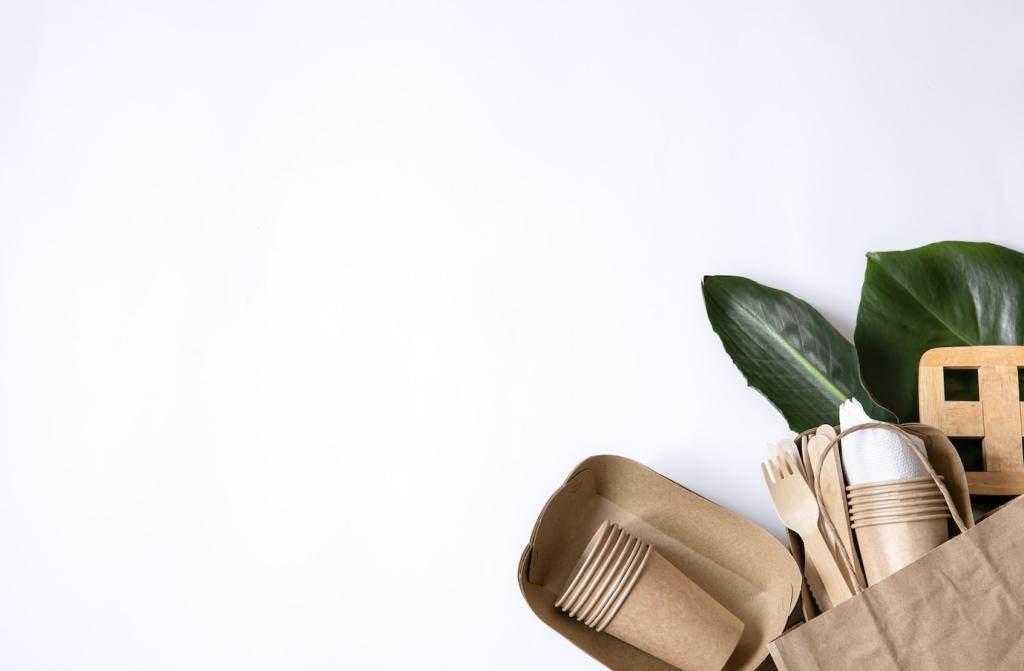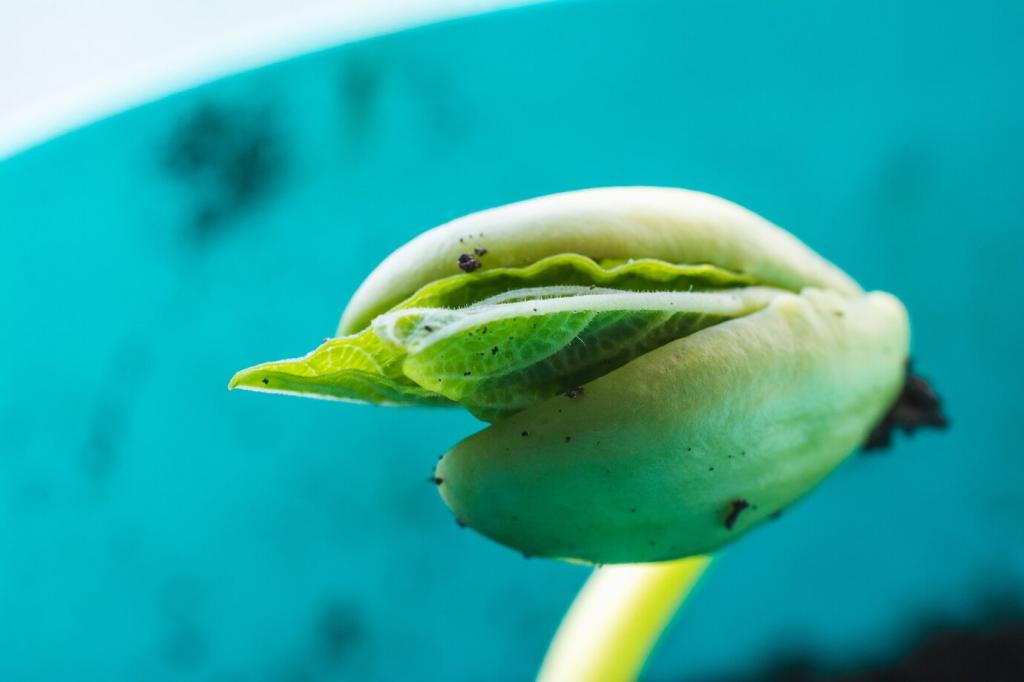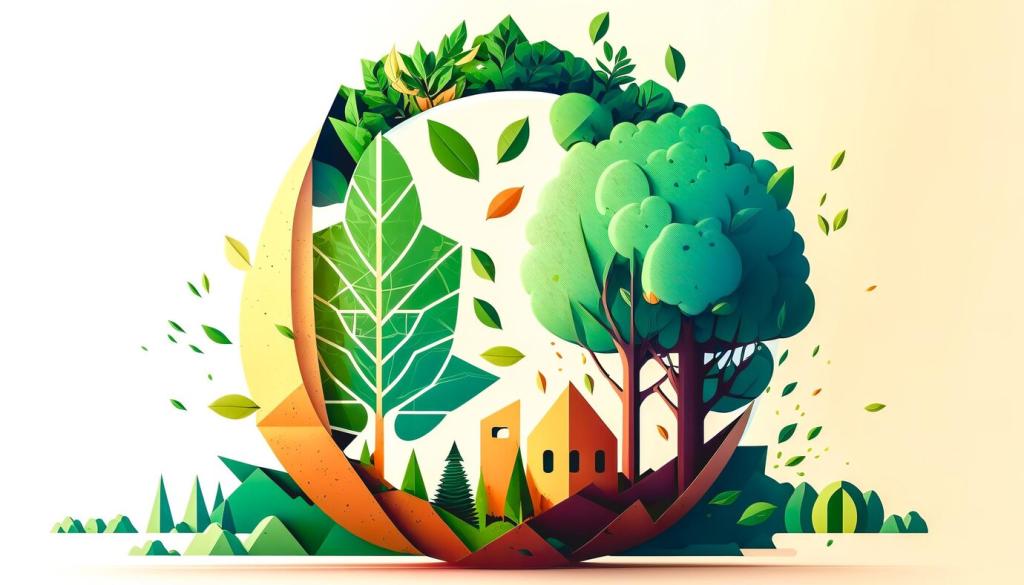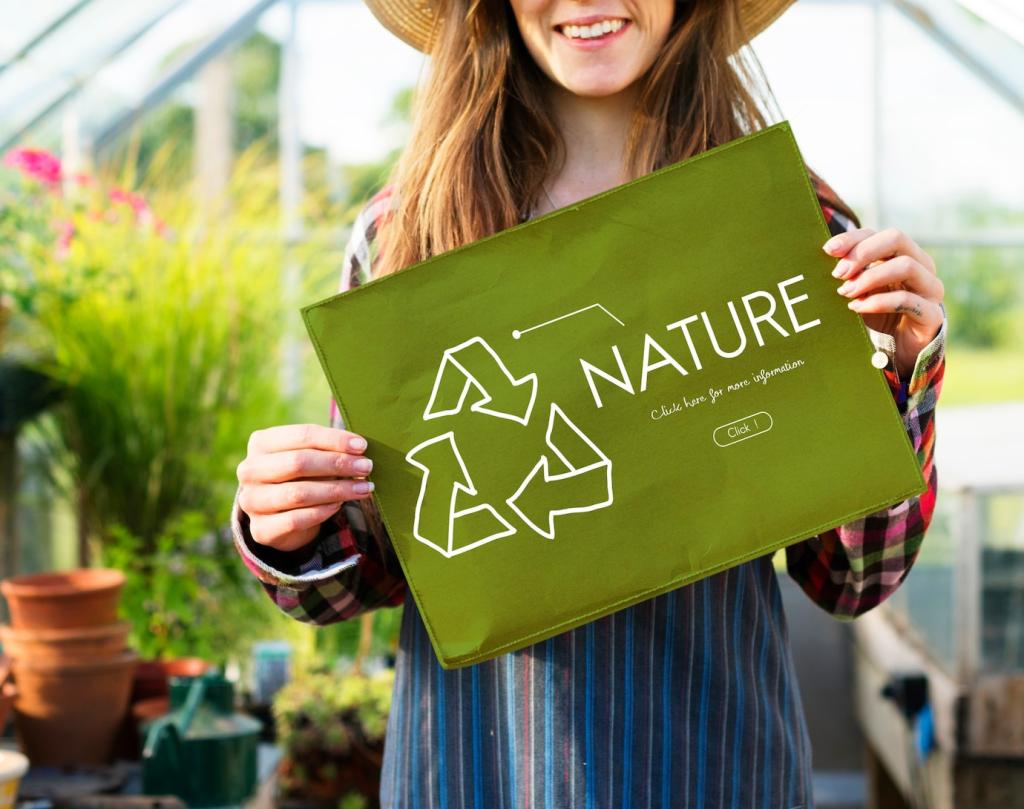Architecture and Engineering with Bamboo
Laminated and strand-based bamboo panels deliver predictable strength, dimensional stability, and standardized sizing. With proper testing and detailing, they step into roles once reserved for timber, proving performance with lighter weight and a smaller footprint.
Architecture and Engineering with Bamboo
Flowing bamboo arches and open classrooms show how structure, climate, and culture can harmonize. The project catalyzed global interest, demonstrating that ambitious, low-carbon architecture can be playful, rigorous, and rooted in local craftsmanship.





